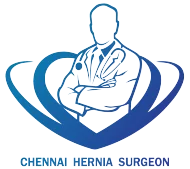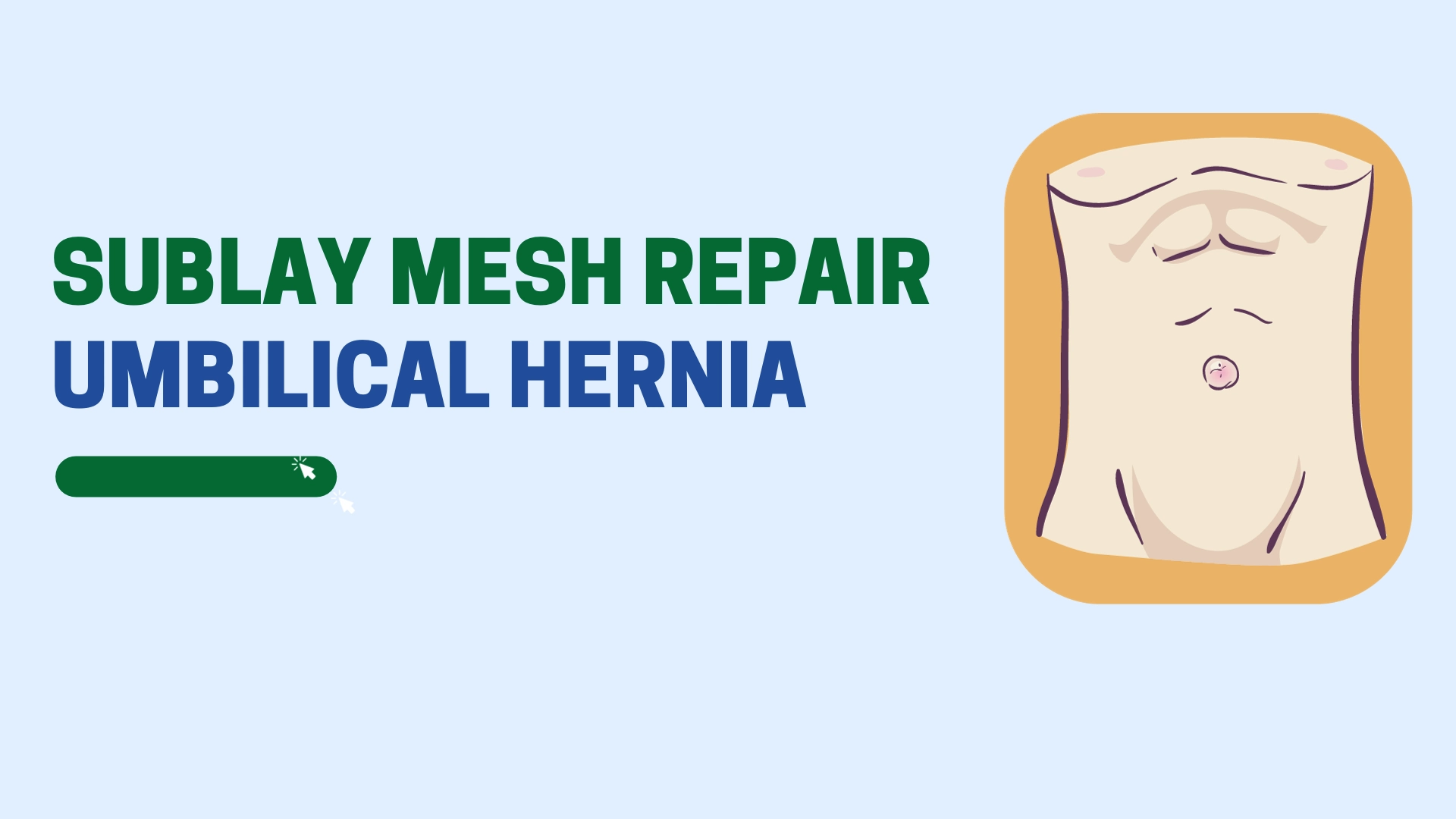The sublay mesh repair for umbilical hernia is a significant advancement in hernia repair techniques. This article will provide a comprehensive understanding of the sublay technique for hernia repair, the use of mesh in hernia repair, and the specific application of sublay mesh repair in umbilical hernias.
Umbilical hernias, including paraumbilical hernias, are characterized by the protrusion of abdominal contents around the belly button. While paraumbilical hernias are situated just above the umbilicus, umbilical hernias involve a defect in the anterior abdominal wall underlying the umbilicus.
The sublay mesh repair technique has emerged as an effective approach for addressing umbilical hernias, offering improved outcomes and reduced recurrence rates.
Sublay Mesh Repair for Umbilical Hernia
The sublay technique involves placing the mesh in the sublay position, between the posterior rectus sheath and the rectus abdominis muscle. This positioning provides a strong and durable repair while minimizing the risk of mesh-related complications. It was used for many types of Hernias such as Paraumbilical Hernia and Umbilical Hernia .
Studies have shown that mesh repairs, including the sublay technique, are superior to non-mesh/tissue-suture repairs in umbilical hernia repairs, offering enhanced efficacy and reduced recurrence rates
Understanding the Sublay Technique for Hernia Repair:
The sublay technique is a type of open surgical repair that involves creating a space between the posterior rectus sheath and the rectus abdominis muscle to place the mesh. This positioning allows for a tension-free repair and reduces the risk of mesh-related complications.
The sublay technique is particularly beneficial for umbilical hernias, providing a strong and durable repair with lower recurrence rates compared to other repair methods.
How is a Hernia Repair Done with Mesh?
Hernia repair with mesh involves placing a synthetic mesh material over the hernia defect to provide additional support and reinforcement to the weakened abdominal wall.
The use of mesh has become a standard practice in hernia repair, offering improved outcomes and reducing the risk of recurrence. The sublay technique specifically positions the mesh in the sublay plane, contributing to its effectiveness in umbilical hernia repair, so it is advised to consult the best hernia surgeon for the treatment
Where is the Sublay Mesh Placed in an Umbilical Hernia?
In umbilical hernia repair using the sublay technique, the mesh is placed in the sublay position, between the posterior rectus sheath and the rectus abdominis muscle. This strategic placement provides a strong and durable repair, reducing the risk of recurrence and mesh-related complications.
What Type of Mesh is Used for Umbilical Hernia Repair?
The type of mesh used for umbilical hernia repair is a synthetic, biocompatible material specifically designed for hernia repair. These meshes are available in various forms, including flat sheets and three-dimensional structures, and are selected based on their strength, flexibility, and ability to integrate with the surrounding tissue.
The choice of mesh plays a crucial role in the success of umbilical hernia repair using the sublay technique.
Conclusion
In conclusion, the sublay mesh repair technique represents a significant advancement in umbilical hernia repair, offering a durable and effective solution with reduced recurrence rates.
Understanding the sublay technique, the use of mesh in hernia repair, and the specific application of sublay mesh repair in umbilical hernias is essential for healthcare professionals and patients alike. This approach holds promise for improving patient outcomes and reducing the burden of umbilical hernias.





